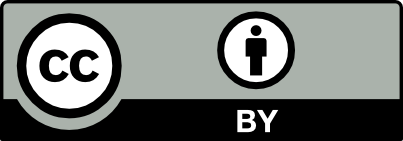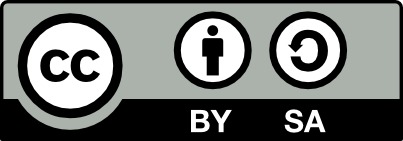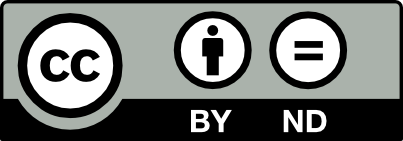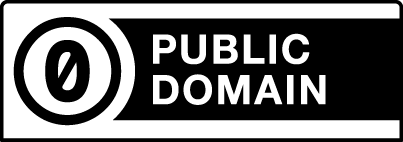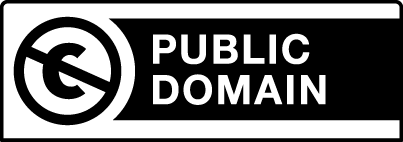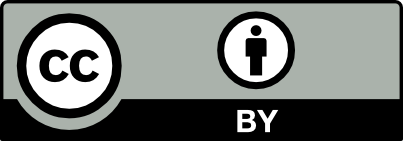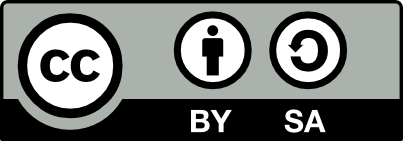Please note that this page does not constitute legal advice, and should not be relied upon as such. It is meant as a guide to help data providers make decisions regarding rights statement selection.
Selecting a rights statement is not just about passing our technical validation. It is fundamental to the philosophy and mission of Europeana, which is to ensure that all digital objects are published with a rights statement that accurately reflects the copyright status (in or out of copyright) of the digital object, permissions on reuse granted by the copyright owner, and potential restrictions on reuse that may exist in some cases (for example, contractual agreement or legal restrictions).
Europeana data providers may choose between Creative Commons licenses, a subset of rights statements provided by RightsStatements.org, and Creative Commons Public Domain Tools, as listed on Europeana Pro. When selecting a rights statement we advise you to take into account the following aspects, which reflect both legal obligations and Europeana’s policy recommendations:
Copyright status of the work
When establishing whether a work is protected by copyright or not, a data provider should first check if the object qualifies for copyright protection.
Duration of copyright protection is also important when determining the copyright status. Copyright will expire after a certain amount of time has passed. When this happens a work enters the Public Domain and becomes available for use without having to obtain the copyright owner’s permission. In the EU Member States, copyright usually expires 70 years after the death of the creator for written, artistic, musical, and film work. For works whose copyright has expired or were never subject to copyright, we recommend using the Public Domain Mark, but we will also accept the Public Domain Dedication (CC0).
The identification of the copyright status will allow you to rule out the use of certain rights statements. See the table below:
The above table demonstrates the connection between the copyright status of the work and the rights statement that accurately describes the status. For guidelines on which URI for specific rights statement you should use when providing EDM, consult this page.
More information about identifying whether a work is subject to copyright or not is available here.
Right owner’s permission, exceptions and limitations
The rights owner (i.e. the author or a third party if the rights have been transferred) has the right to exclude others from using the work without obtaining permission. Because cultural heritage institutions often do not own the copyright, they should consult with the rights owner before using or allowing specific uses of the work.
To be able to use the work in copyright without infringing someone's copyright, a data provider should secure permission from the rights owner unless the type of intended use is covered by a copyright exception or they own the copyright. Sometimes the permission can be obtained directly from the rights owner, or it can also be granted in the form of a license from a collective management organisation (CMO). CMOs are institutions that work on behalf of rights owners and can conclude licenses with users on behalf of rights owners.
When copyright owner(s) cannot be identified or located, institutions can rely on the Orphan Works Directive’s provisions as implemented in your member state, or the Out of Commerce Works provisions from the Copyright in the Digital Single Market Directive.
More information about clearing rights is available here.
No rights on digitisation: the Europeana Public Domain Charter
In most cases, digital objects created through digitisation will not meet the required originality threshold to qualify for any form of protection based on copyright.
Europeana is committed to the principle that the digitisation of Public Domain content does not create new rights over it. The Europeana Public Domain Charter establishes that works that are in the Public Domain in analog form should continue to be in the Public Domain once they have been digitised.
It is likely that, before we publish your data, we will query the submission of any objects that appear to be in the Public Domain but which are not labeled as such. We will work with you to determine the correct rights statement and subsequently publish the data. We pay particular attention to metadata elements like <dc:date>, <dcterms:created> and <dc:creator> to verify the existence of copyright.
Other restrictions on reuse
There could be other restrictions besides copyright that have an impact on the allowed use of the work.
Even when the work is not protected by copyright, the owning institution could be contractually required to restrict certain commercial uses because of digitisation agreements with donors, for example. There could also be legal restrictions imposed by laws other than copyright, for example, legal restrictions protecting traditional cultural expression.
If there are legal or contractual obligations that limit the reuse of digitised objects, institutions can select between rights statements provided by Rightsstatement.org that were created for the unique situations cultural heritage institutions face. When using some of these rights statements, data providers should supply additional information, as outlined in the additional requirements.
Your willingness to open up for reuse
Because copyright restrictions often prevent the public from using, sharing, and creatively engaging with digital collections, we encourage data providers to use rights statements that allow reuse where possible.
Stimulating reuse is at the core of the Europeana Publishing Framework:
The framework introduces four tiers of criteria for content by taking into account not just the quality of the content (e.g. resolution of photos of an object), but also the selected rights statement. The greater openness of the content you allow, the higher content tier can the provided object achieve, meaning it can benefit audiences in a more significant way, as we outline here.
Only content of the highest quality that can be freely reused or reused to some degree can reach the highest content tiers (i.e. content tier 3 and 4).
If the content quality is too low to reach content tiers 3 or 4, the rights statement is not taken into account by the algorithm that calculates content tiers, meaning that you can use any of the available rights statements supported by Europeana, as the chosen rights statement will not play a role.
Content tier 1 | Content tier 2 | Content tier 3 | Content tier 4 |
|---|---|---|---|
Any of the available rights statements supported by Europeana | Any of the available rights statements supported by Europeana | Only rights statements that allow some reuse: | Only rights statements that allow free reuse: Before selecting one of the rights statements we list in this table, make sure that the work is in the Public Domain, that you hold the rights, or that you have the rights holders' permission |
The above table demonstrates the connection between the rights statement and the assigned content tier. Please note that the selected rights statement is only one of the criteria for the specific content tier. For guidelines on which URI for specific rights statement you should use when providing EDM, consult this page.
Europeana’s approach to accuracy
As a data provider, you have the responsibility to respect the copyright holders and to comply with the national law during the rights clearance process. We take a “clean hands” approach and assume that you have undertaken the correct level of due diligence and labeled the digital objects accurately. However, we also wish to support our data providers to make sure rights statements are applied in line with their respective national laws, Europeana policies and sector standards. In order to do this, the submission of the rights statements will prompt a manual review during the ingestion process (prior to publication), and we may at this point question the use of some rights statements. This approach enables a consistent standard to be reached when applying rights statements, which ultimately helps users to be clear on how the objects and collections can be used.
We also analyse the data post-publication to ensure and verify a consistent level of accuracy of rights statements across the database. There may be situations post-publication when it becomes clear that the chosen rights statements do not meet the acceptance criteria. We will discuss these issues with you when they occur.
